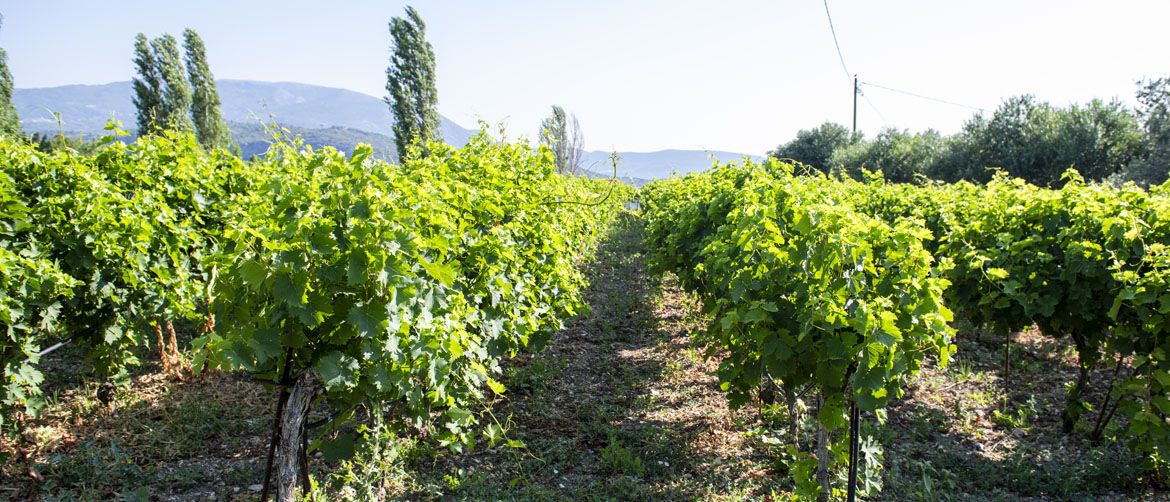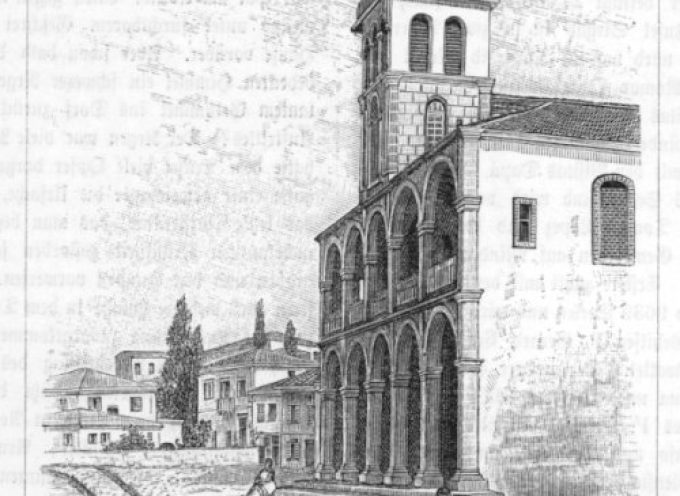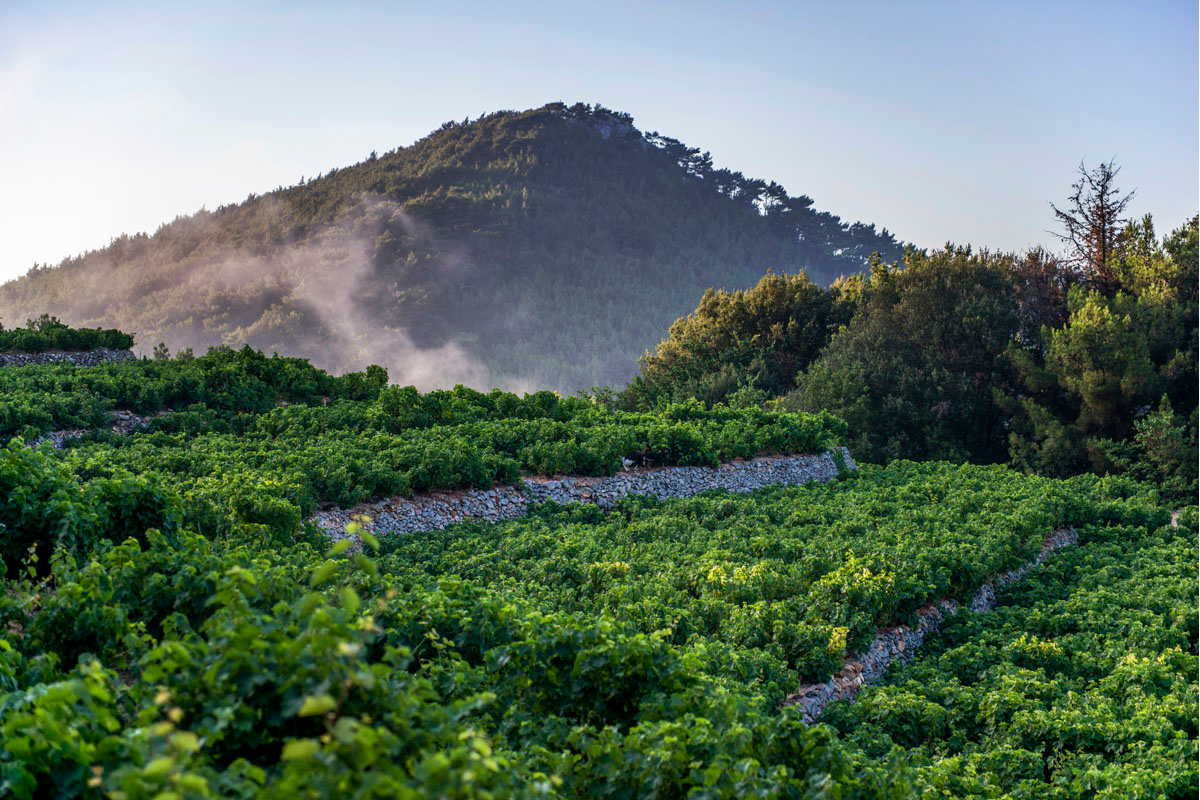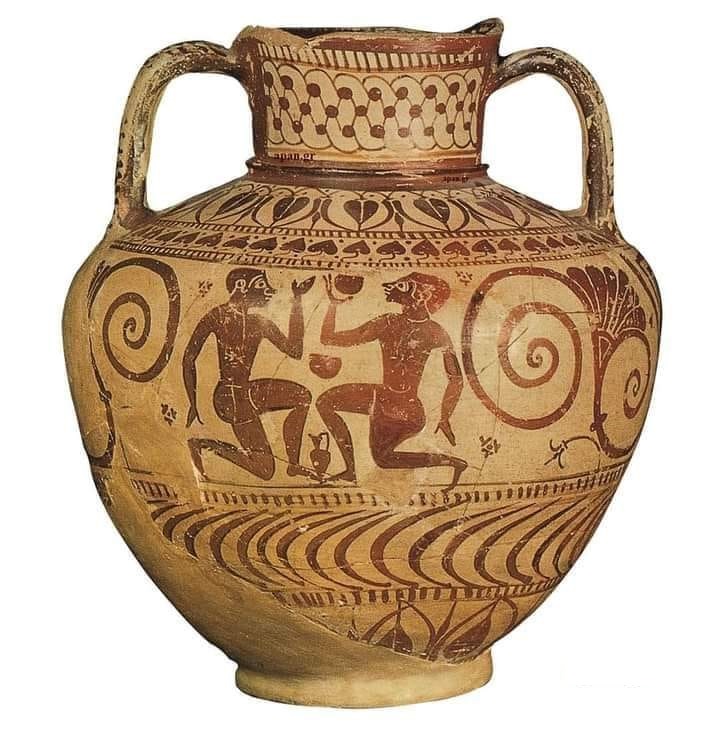
Viticulture on the island of Samos
Viticulture on the island of Samos

Viticulture on the island of Samos includes the following basic tasks:
- The “stremmatisma” that is, the preparation of the field so that it softens and has no stones in order to be ready to receive the new vines.
- The “planting”. In April, the cultivator scours the field and plants the vines of the previous year. The “fytiastis” (planter) makes the holes, then a female worker passes and leaves a vine, then the “fytiastis” passes again and plants the vine, shapes the space and pours the first water.
- The “grafting”. This is a process that takes place the following month, in March. The wild vines planted the previous year are “grafted” with any kind of tame grape we want. For grafting, you need the graft, the “abolastiri” (pen-knife), the chisel, the scissors and the straw. There are two kinds of grafting, the “paluki” and the “pena”.
- The “pruning”. The first time the “ftia” (the newly planted and grafted vine) is pruned blindly, at the lower part where the tame vine lies, while the second year it is pruned normally. Two or three sticks are left pruned to give the vine the shape it needs. Pruning is done with the scissors, the pruner or the saw.
- The “digging”. After the pruning, the digging of the vines begins, the first digging, the second and the laying. The vine is dug in rows, in the same way as the grapevines, so that each row is in a deep groove.
More specifically and in more detail, E. Stamatiadis in 1880 described the order in which the work related to the preparation of the land, the cultivation of the vine and the production of wine was done.
These tasks were:
- stremmatisma,
- mating,
- vine grinding,
- implanting,
- watering,
- pruning,
- tossing the vines,
- taking them out of the pit,
- digging,
- removing slow sprouts,
- first sulfuring,
- second digging,
- second sulfuring,
- third sulfuring,
- harvest,
- group of sun drying constructions,
- grape transport,
- stomping,
- putting tsipouro into polymni,
- taking tsipouro out of polymni,
- production of tsipouro












